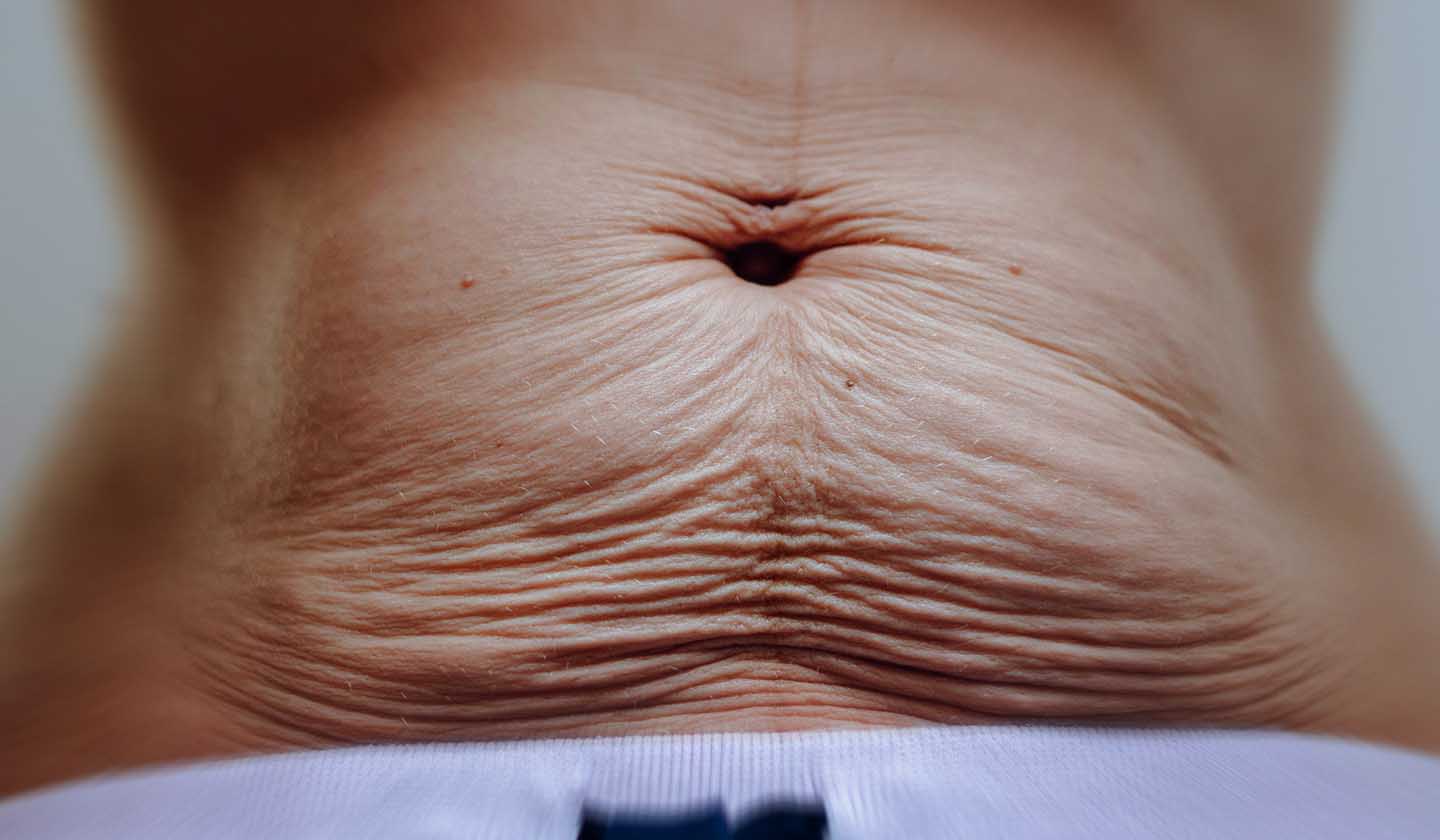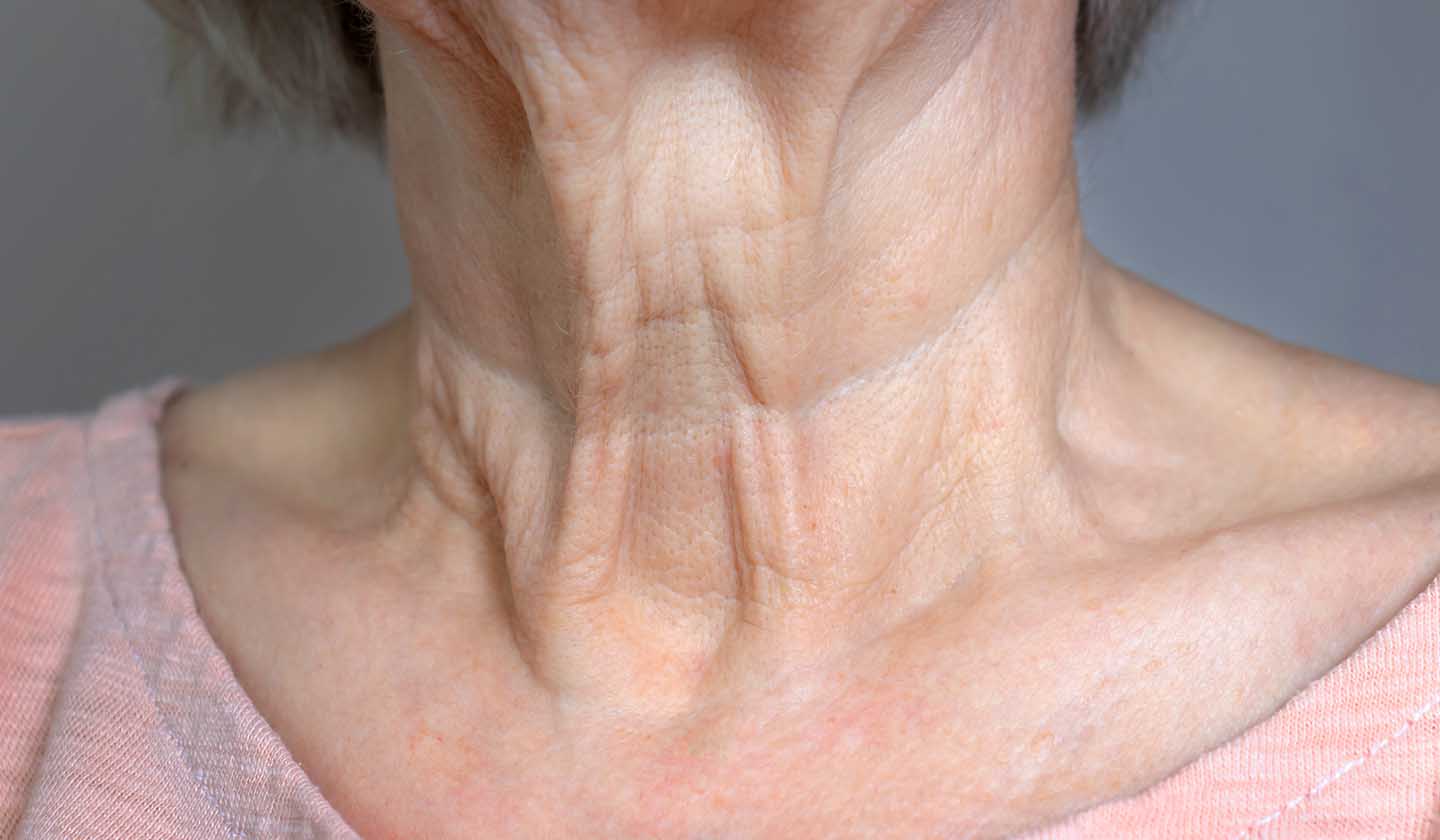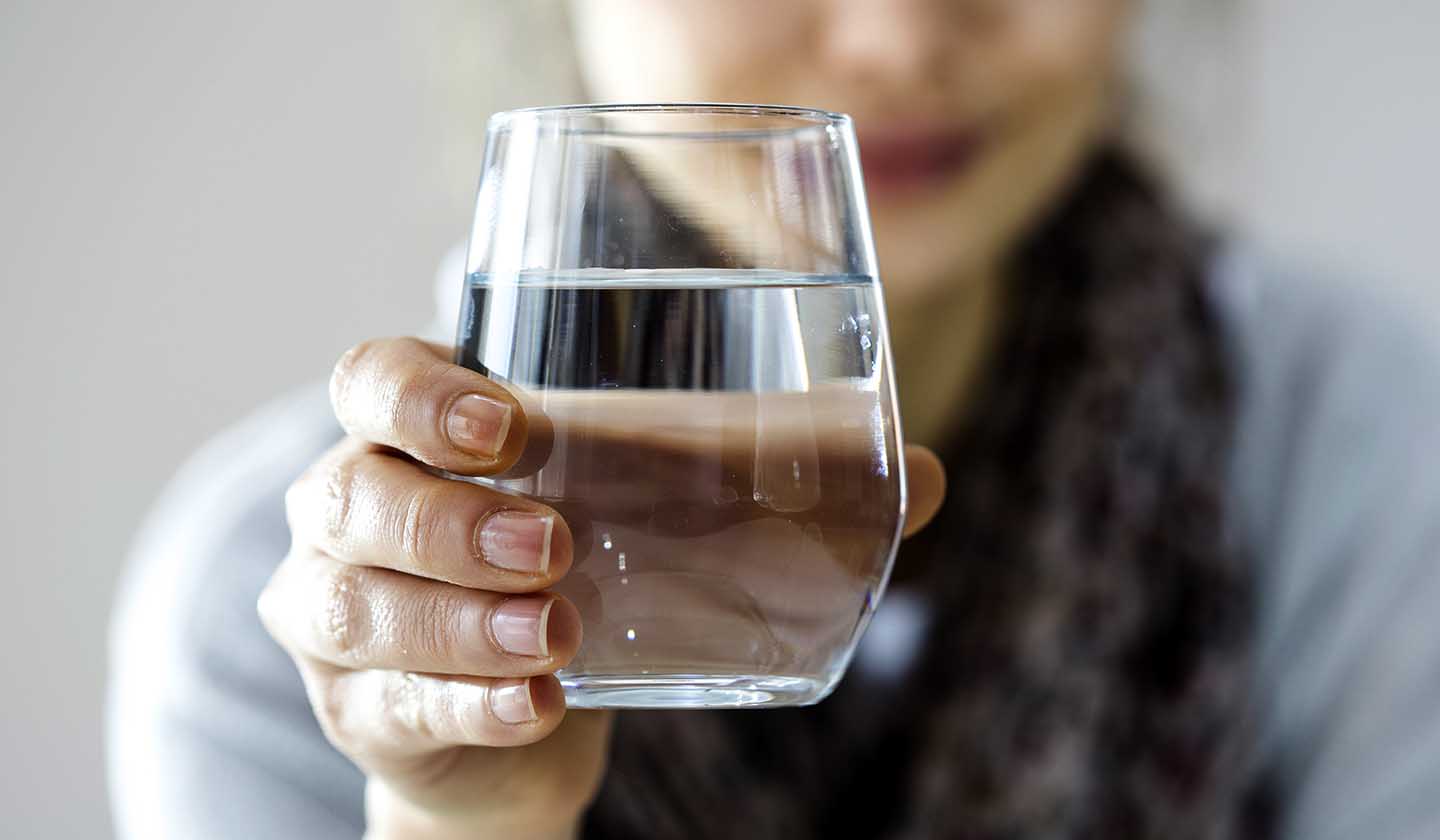Body care
Flaccidity - Against the law of gravity

Flaccidity is a slow and progressive process that results from tissue atrophy (muscle or skin) and is associated with physiological ageing; there is progressive loss of muscle mass that is replaced by adipose tissue and consequent loss of firmness.
There is direct relationship between flaccidity and decreased production of collagen and elastin fibres in the subcutaneous tissue. These are the fibres that support the skin. Collagen is the most abundant protein in our body, and it is essential for muscle tone and skin firmness.
Flaccidity affects both men and women, but women are more affected, mainly due to hormonal changes. In the last decades, this problem has been growing due to the increase in obesity and overweight in the population.
In this article, you will learn what factors can contribute to flaccidity and understand what you can do to prevent it and improve firmness.

Factors that contribute to skin and muscle flaccidity
Physiological and therefore natural skin ageing is inevitable. The first signs of ageing appear from the age of 30, when cell renewal becomes slower, the synthesis of collagen and elastin begins to decrease, and hormonal changes lead to changes that are shown in the skin.
Muscle flaccidity and skin flaccidity are often associated and while the first is mainly due to a sedentary lifestyle and consequent lack of physical exercise, the second is related to the viscoelastic behaviour of the skin, which, when the elasticity limit is exceeded (due to weight gain for example), does not return to its original size.
There are also genetic factors involved. In fact, some people have a greater genetic predisposition for flaccidity. However, this process is mainly accelerated by several external factors, most of them, related to the adopted lifestyle.
- Excessive sun exposure (especially due to UVA rays, which leads to the weakening of elastic fibres and collagen with consequent sagging of the skin);
- Smoking and alcohol (as tobacco and alcohol consumption accelerates skin ageing);
- Hormonal changes (with menopause there is a decrease in collagen production that can reach up to 30%, leading to greater loss of skin firmness);
- Pregnancy and postpartum (variation in weight and abdominal volume is a frequent cause of loss of firmness at skin and muscle level)
- Obesity (the skin elasticity limit can be exceeded due to weight gain);
- Weight loss or gain in a short time (the frequent fluctuation of weight leads to the weakening of elastic fibres, leading to sagging);
- Poor eating habits and diets low in protein.

Areas of the body most prone to flaccidity:
- Abdomen;
- Face;
- Neck;
- Breasts;
- Thighs;
- Arms;
- Buttocks.

Prevention
It has already been said that physiological ageing, and everything that comes with it, is inevitable. However, there are practices that you can adopt to mitigate the consequences of that ageing, especially with regard to muscle tone and skin firmness. Here are some tips for fighting sagging:
- Regular practice of physical exercise (improves muscle tone);
- Balanced diet with adequate intake of proteins and antioxidant foods;
- Maintaining a healthy weight;
- Avoiding excessive sun exposure and using UV protection;
- Increasing water intake (adequate hydration helps maintain skin elasticity);
- Quitting smoking;
- Daily application of firming and moisturising creams, through massage, to maintain good skin hydration.

Treatment
Some people may feel the need to resort to more specific treatments to resolve or alleviate sagging in certain areas of the body. Some of the treatments available can have good results.
- Phototherapy - non-invasive treatment which uses LED emitted light that stimulates the synthesis of collagen and elastin;
- Radiofrequency - non-invasive treatment that stimulates the contraction of collagen and promotes its synthesis through thermal energy applied to the deep layers of skin and subcutaneous tissue;
- Mesotherapy - minimally invasive technique that uses intradermal micro injections of drugs in the area to be treated.
Although flaccidity is not considered a health problem, in some cases, it can be a source of malaise and lead to self-esteem problems. The recommendations shared in this article can help to improve the problem, however, even if after adopting this advice you find that they are not effective enough for your specific case, talk to your doctor and get advice on the best treatment for your situation.
Sources
iSaúde
Farmácia Distribuição Magazine
Também lhe poderá interessar
Dermatology






